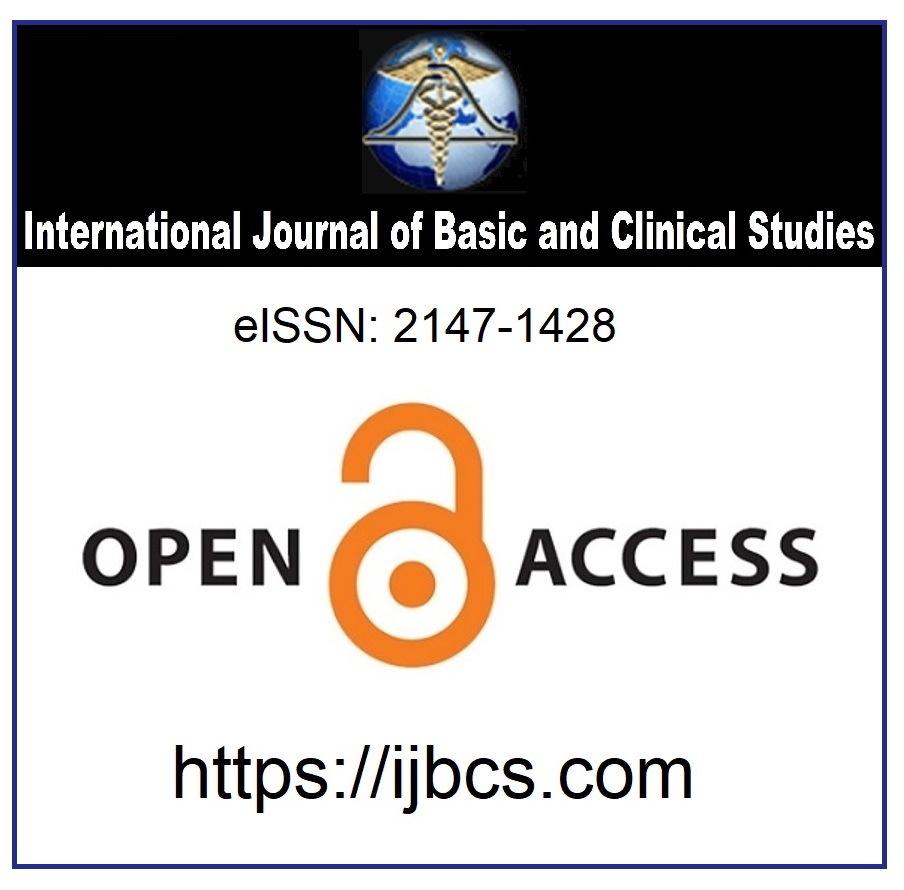Comparison of Three Different Rotary File Systems' Antibacterial Efficiency
Keywords:
Antibacterial effect, SAF, ProTaper, ReciprocAbstract
Aim: This study aims to compare the antibacterial activities of three different rotary file systems.
Material and Methods: In this in vitro study, 60 mandibular premolar teeth were randomly divided into three groups after the preliminary preparation for the study (n=20). After sterilization of the teeth in an autoclave, E. faecalis was cultivated in the root canals. Samples obtained before and after root canal shaping with rotary file systems were planted in the blood agar medium. E. faecalis colonies formed after the incubation process were counted (cfu=colony forming unit).
Results: Mann-Whitney U test with Bonferroni Correction results were found as SAF B< ProB ve SAF B<Rec B cfu (p<0.001). No significance was found between Pro B and Rec B cfu numbers (p = 0.978).
Conclusion: It has been concluded that the SAF system is more effective in terms of chemomechanical activity than the other two rotary file systems when compared by considering the antibacterial activity of the SAF, ProTaper, and Reciproc Rotary file systems.
Downloads
Published
How to Cite
Issue
Section
License
Copyright (c) 2022 by the Authors

This work is licensed under a Creative Commons Attribution 4.0 International License.



